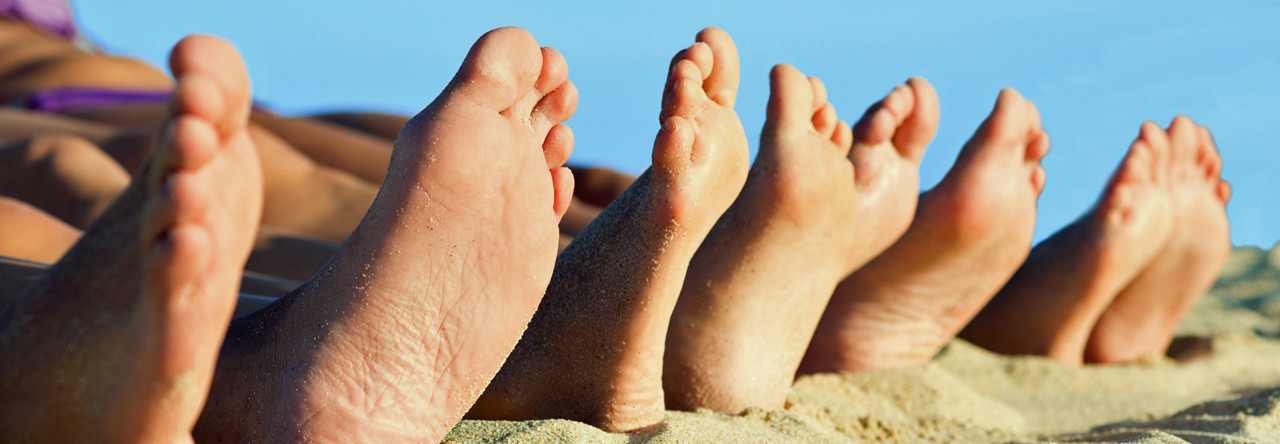Mallet toe occurs when the joint at the end of the toe cannot straighten. Excessive rubbing of the mallet toe against the top of the shoe can lead to pain and the development of a corn. The tip of the toe is often turned down against the shoe causing pressure and discomfort. Mallet toes can cause extreme discomfort, and can be aggravated if restrictive or improperly fitting footwear is worn for a prolonged period of time.
Each of the lesser toes (all but the big toe) has three bones. The deformities, a hammer toe, claw toe, and mallet toe, are all due to abnormal positions of the bones at the joints between the bones. The mallet toe is the deformity where the most distant joint points downward. This is most common in the second toe in patients whose second toe is the longest toe. A painful callous can form at the tip of a mallet toe.
Tight, ill-fitting shoes are the main cause of all these deformities. Anytime the toes are compressed into an abnormal position for any length of time, problems with the feet will follow. There are orthotic devices to help get your feet back into the right position. Comfortable shoes with plenty of room for the toes are a must. If you have chronic pain, surgery may even be necessary to get relief.

Powered by WordPress & Theme by Anders Norén